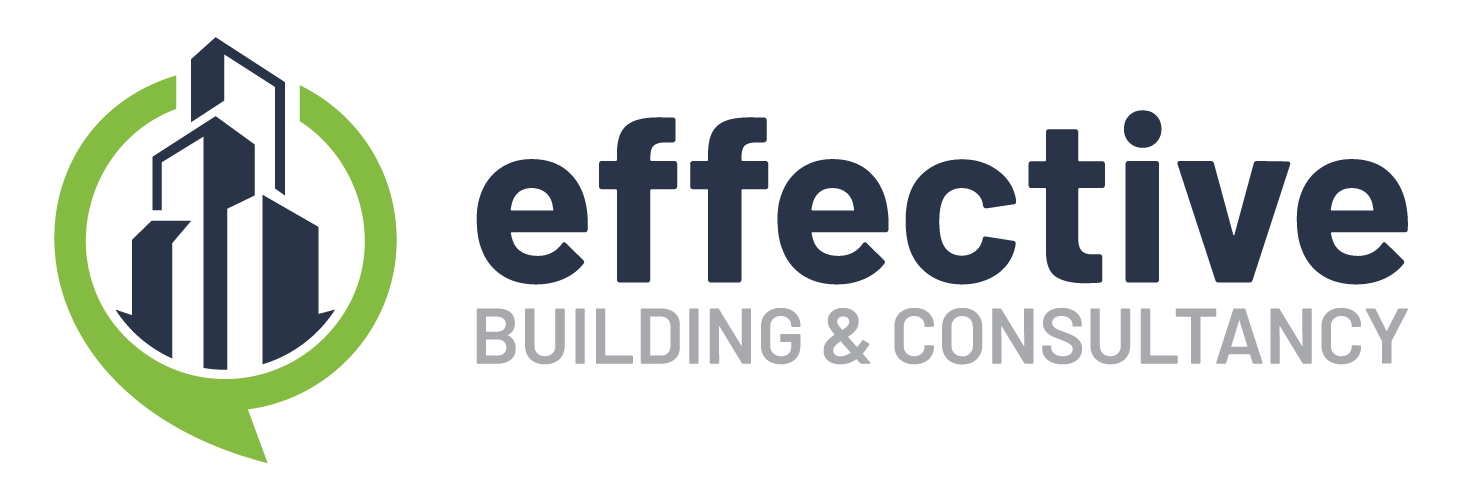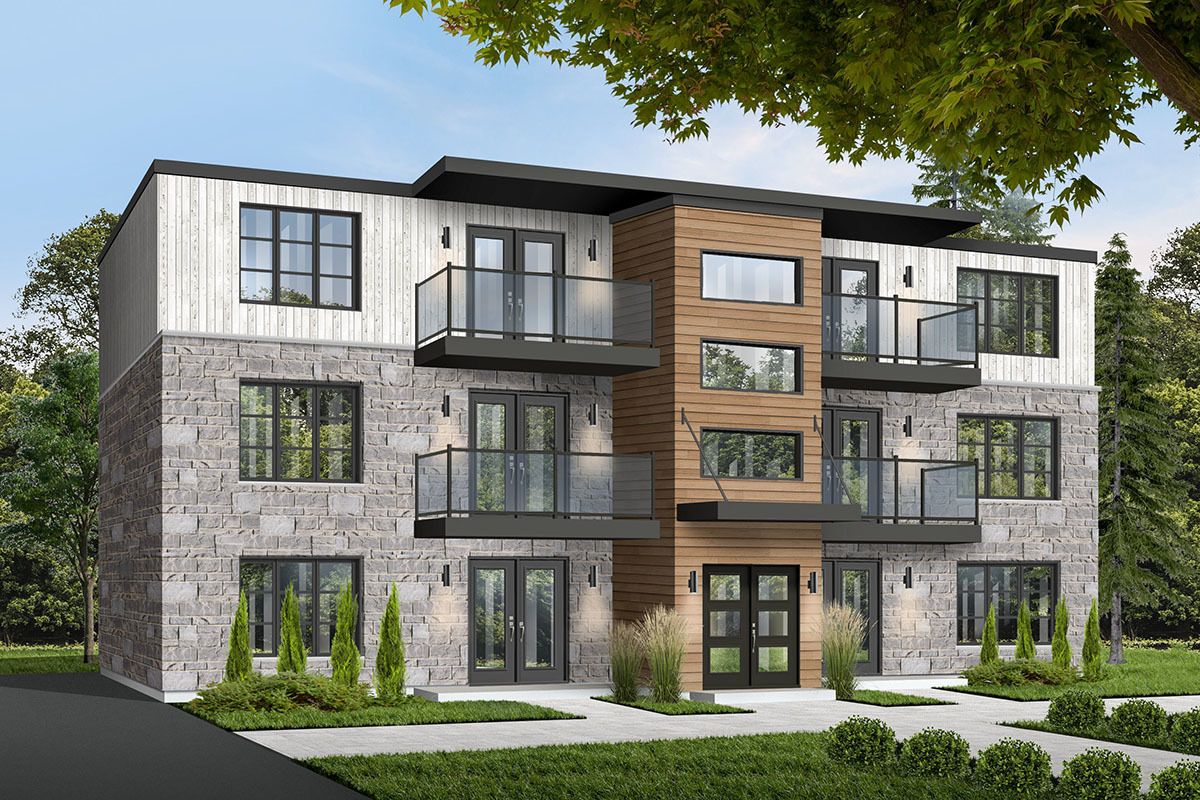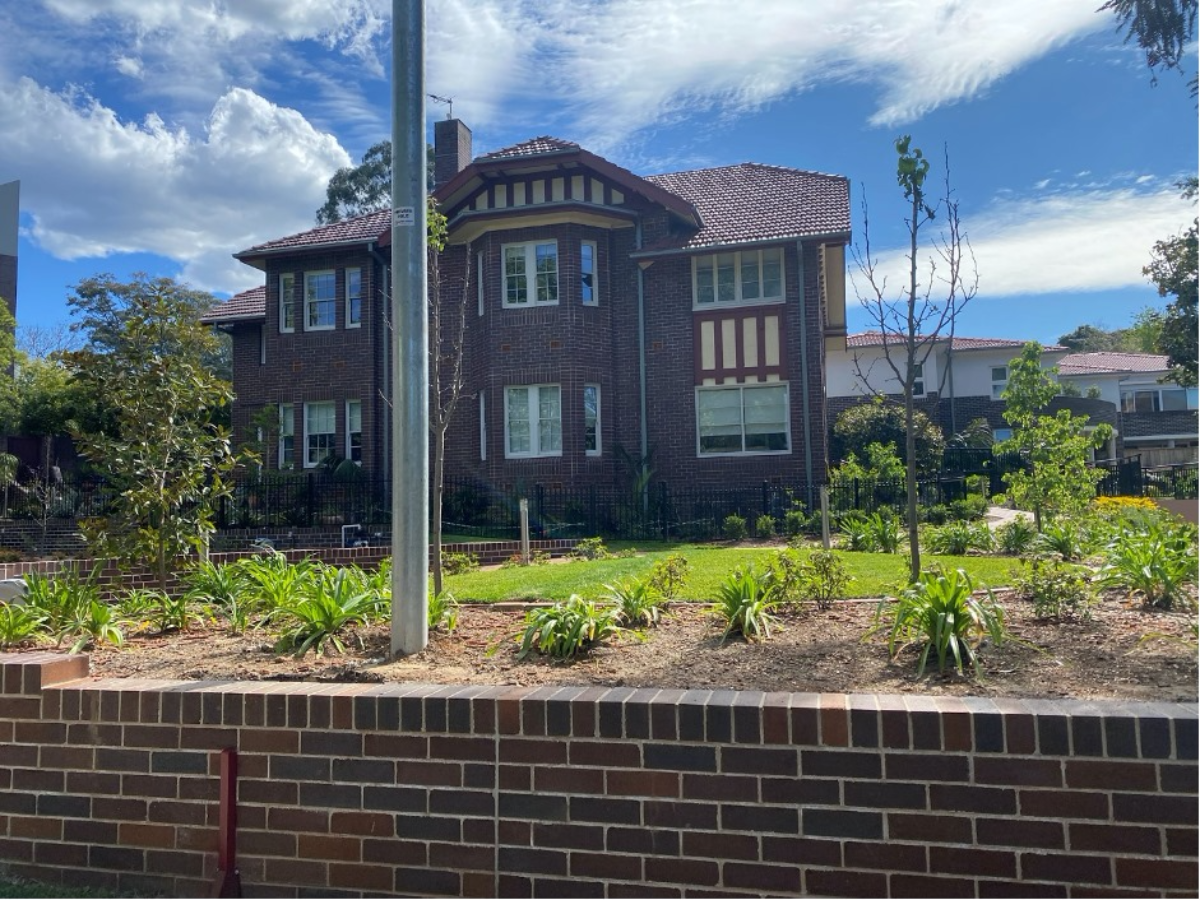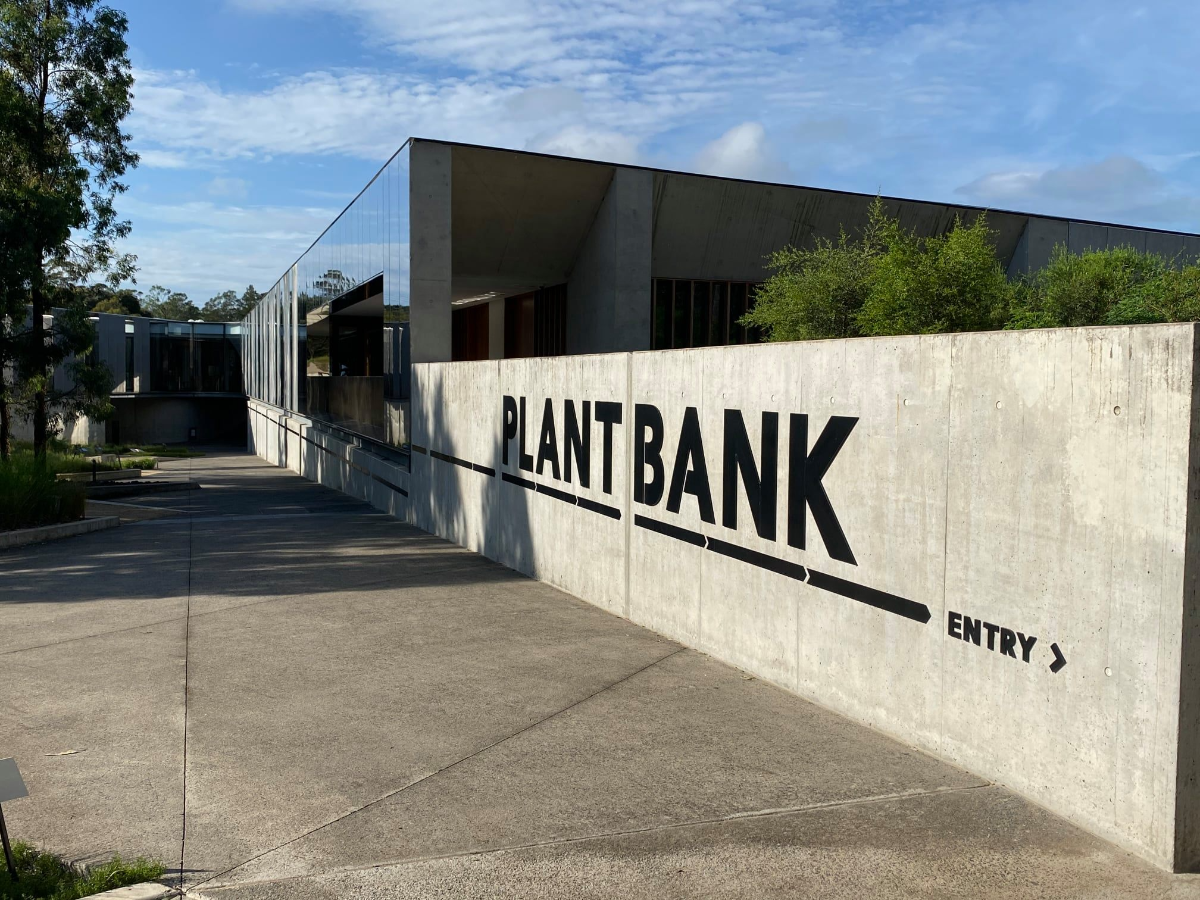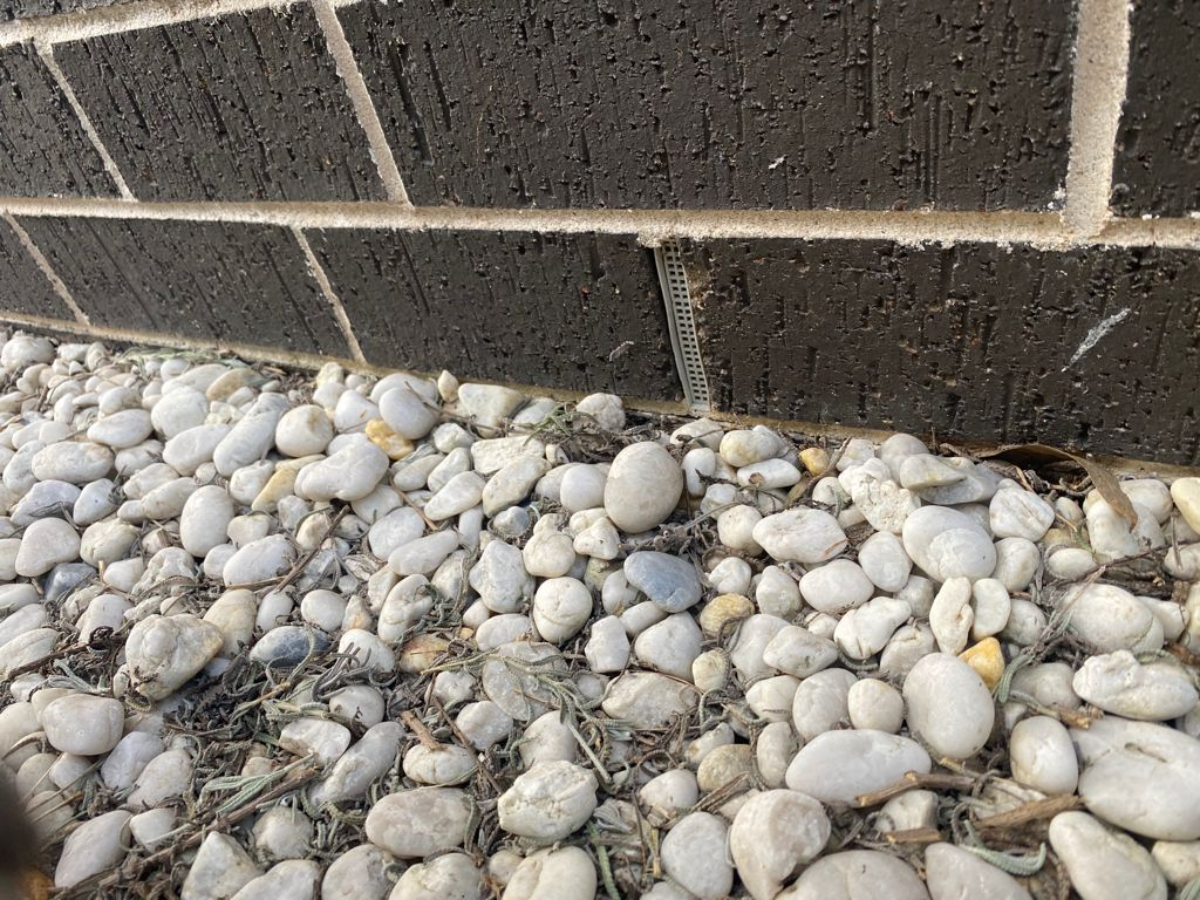
- June 1, 2021
- Effective Building
- 0
Weep holes are gaps between some bricks in the building’s masonry walls. These are small openings that allow water to drain from inside the structure.
Weep holes exist in brick veneer walls because bricks aren’t waterproof. Instead, these are porous due to holes or tiny spaces through which liquid and air can pass. So, when it rains, bricks absorb and store water. This can lead to problems with dampness and mould.
Two Important Purposes of Weep Holes
Ventilation of the internal wall cavity
Without ventilation, dampness, dry rot, and mildew reduce the life of the internal wall studs and other building materials within the cavity. Therefore, insufficient ventilation is the main cause of leaks in the building.
Drainage
Waters that enter the cavity due to condensation, capillary action, accidental flooding, or damage need to escape somewhere. In subtropical and tropical areas of Australia, it is common to see water flowing from the weep holes on the prevailing side of well-built houses after a monsoonal storm or ‘gully raker.’
Problems with Weep Holes
Pest Entry
If weep holes are left unprotected, they provide access to the wall cavity for insects and rodents. Swarming bees and wasps love creating nests in cavities. Snakes, cockroaches, and spiders find food and refuge in the cavity.
Field mice make a track through the weep holes, looking for warmth. Downlights, extractor fans, and holes for electronics or plumbing become the internal entry point of these unwelcome visitors.
Most occupants opt to block weep holes with some materials such as steel wool, scourer pads, plastic, rolled-up paper, and silicone sealants. However, some manufactured guards, barriers, and weep hole covers have also been designed with holes too small to allow enough ventilation.
Effective Building & Consultancy can suggest a weep hole screen that can be easily fitted to keep these pests out while maintaining airflow. Solutions that affect airflow to the cavity cause moisture problems. The resulting leakage can be difficult and very costly to fix later.
Weep Holes and Bushfires
Weep holes allow access for embers during bushfires, sometimes with dangerous consequences. Sparks enter the roof cavity and wall, and the house ignites ‘from the inside.’ It’s common to hear stories about firefighters saving houses in the direct path of a bushfire only to find a house nearby suddenly bursting into flames.
In Australia, the Building Code for bushfire-prone areas (AS3959:2009) has specific requirements for ember screening in weep holes in all houses built in declared bushfire risk areas, including BAL-FZ, BAL-40, BAL-29, BAL-19, BAL-12.5.
The bushfire products that we recommend include metal mesh screens, which prevent the entry of embers and keep the cavity safe.
How Can Effective Building & Consultancy Help You With Checking the Weep Holes?
Most property buyers aren’t aware of the role weep holes do in keeping a home in good condition. Some homeowners even block weep holes and don’t understand the problems it can cause.
If you’re looking for a property to buy and want an expert to check the weep holes, call our professional building inspectors today on 02 9613 3353.
For more information about Sydney building inspection, visit our Help Centre.
Suppose you are planning to work on multi-story units. In that case, you may find yourself wondering if you should Read more
Heritage buildings represent the history and culture of a nation. They constitute together the architectural heritage of an area. Heritage Read more
The Australian PlantBank is a remarkable new plant conservation laboratory at The Australian Botanic Garden in Mount Annan. It is Read more
